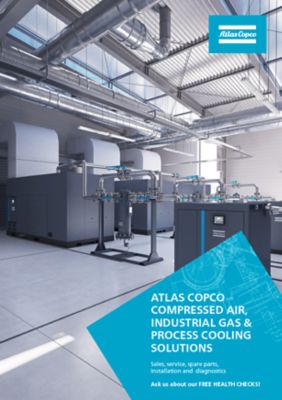Sand conveying systems
Sand is one of the world’s most commonly used natural resources. There are various types of this crucial material and its applications are seemingly endless. From its vital role in construction to the production of everything from paper and glass to computer chips and implants, sand can be found nearly everywhere.
That also means these different types of sand have to be transported to and from countless production facilities. Pneumatic conveying is a very versatile technology to accomplish that reliably and safely.
The right pneumatic conveying system for sand
For some materials, it is very easy to determine which pneumatic conveying process and technology is best. In the case of sand, however, it is a bit more difficult because there are so many different types of it. Here, the ideal conveying system depends on the type of sand that has to be transported.
Sand can be transported using either pressure (positive) conveying or vacuum (negative) conveying. For the former, compressed air is used at the start of the system to push the sand through the piping. For the latter, it is “sucked” toward its destination. The type of sand and the system requirements, for example, how far it has to be moved, determine whether positive or negative conveying is the better solution. Aside from the type of pressure conveying you want to use, you also need to consider the phase in which the sand is conveyed. Different types of sand can be conveyed using either the dilute or dense phase.
A rightly sized compressed air system
The particle size of the sand, amongst others, impact the air flow and pressure needed to efficiently transport the material. A correctly sized air compressor or blower is one that delivers the exact flow and pressure required to efficiently transport the sand. An incorrectly sized blower or compressor causes blockages, longer unloading times and uses more energy than needed.
Fluidization inside sand silos
When conveying sand from a silo, compressed air is also used for the so-called “fluidization” process – a pneumatic conveying application that requires a very low air pressure. Here, the air is injected at the bottom side walls of the silo. This ensures that the sand does not stick to the sides of the silo and makes it easier to convey, which reduces energy costs. A dedicated compressed air system for fluidization will help you to achieve an efficient fluidization process.
With so many technologies, processes and options to choose from, there is an optimal sand conveying system for any operation and application. And, if you have trouble choosing the one that is best for you, simply contact us with your specific needs and we will assist you.
Need help optimizing your sand conveying system?
Not sure how to replace your old compressed air system with a new one? Let us help you. The right size of installation is crucial: not only does it help you save on energy costs, it also shortens unloading times and helps you avoid blockages. Calculating the right size of installation is difficult and requires specific software and skills. We can help you find the optimal dilute phase pneumatic powder conveying system by offering you a free sizing calculation.

